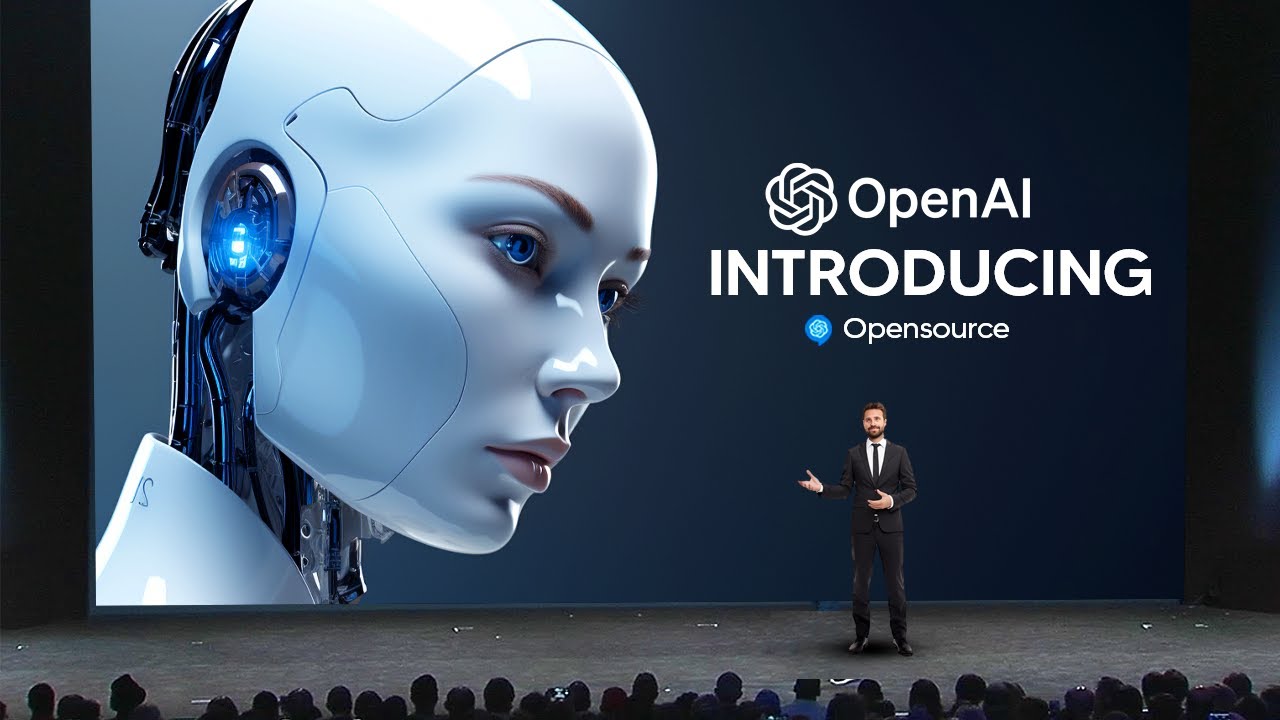OpenAI has released two competitive open-source language models—a large 120 billion parameter model and a more accessible 20 billion parameter model—that perform comparably to previous closed models like GPT-3.5 mini, enabling broader AI adoption with enhanced privacy and customization. While these models excel in many benchmarks, they still face challenges such as hallucination and lower emotional intelligence, but their open-source nature marks a significant shift in the AI landscape, potentially consolidating OpenAI’s market dominance and fostering innovation across industries.
OpenAI has recently released two open-source language models that are making significant waves in the AI community. The first is a large 120 billion parameter model designed for data centers and high-end machines, while the second is a more accessible 20 billion parameter model that can run efficiently on most desktops and laptops. This release surprised many because OpenAI had not previously embraced open-source models to this extent. Remarkably, these models perform competitively with OpenAI’s previous state-of-the-art closed models, such as GPT-3.5 and GPT-4 mini, despite being smaller in size.
Benchmark tests reveal that both models hold their own against established systems across various challenging tasks. For example, on difficult coding benchmarks and complex reasoning exams, the open-source models perform at levels comparable to GPT-3.5 mini. Traditional benchmarks, especially in math, appear saturated, with models achieving near-perfect scores, indicating that future evaluations may need to focus on more nuanced or qualitative aspects. The models also show promising results in practical applications like retail customer service simulations, where the 20 billion parameter model performs close to GPT-3.5 and GPT-4 mini.
Despite these strengths, the models are not without flaws. One major issue is hallucination, where the models generate incorrect or fabricated information. Hallucination rates are notably high in certain benchmarks designed to provoke such errors, with the smaller model hallucinating up to 91% of the time in some tests. Users are advised to fact-check outputs carefully, especially in critical applications. Additionally, emotional intelligence benchmarks show that these open-source models lag behind some other recent models, particularly in creative writing and emotionally nuanced tasks, suggesting room for improvement in qualitative performance.
The release of these open-source models marks a potential turning point in the AI landscape, signaling the “end of competition” in some respects. Previously, companies like DeepSeek gained traction by offering free alternatives to OpenAI’s closed models, but with OpenAI now providing competitive open-source options, other companies will need to innovate more aggressively to maintain relevance. This shift could consolidate OpenAI’s dominance in the market, especially given their strong developer support and ecosystem, making it easier for businesses and individuals to build AI-powered applications.
Finally, the open-source nature of these models opens vast new opportunities across industries, particularly where data privacy and compliance are critical. Since these models can run locally without internet access and without sending data to external servers, they are ideal for sensitive environments like healthcare, where HIPAA compliance is essential. The elimination of API costs and the ability to fine-tune models independently empower developers and companies to create customized AI solutions with greater control and privacy. Overall, this release is poised to significantly accelerate AI adoption and innovation across many sectors.
